Myrobalan Dye
Myrobalan Dye is a natural dye made from the dried fruits of the Terminalia chebula tree. It offers warm shades, from light yellow to deep bronze. This dye is eco-friendly and works well for both beginners and experienced dyers. It can act as both a dye and a mordant, making it versatile in natural dyeing.
Features, Source, and Ingredients
- Source: Dried fruits of the Terminalia chebula tree.
- Key Components: High in tannins, which help the dye stick to fabrics.
- Sustainability: Harvested from abundant trees, reducing environmental impact.
- Form: Myrobalan Dye is available as ground powder or concentrated extract; 50g of extract dyes about 500g of fabric.
Color Profile and Fastness
- Color Range: Myrobalan Dye produces light yellow at low concentrations and deeper bronze tones at higher concentrations.
- Modifiers: Adding iron can shift colors toward olive or khaki tones.
- Fastness: Offers good light and wash fastness, especially on wool and silk.
Recommended Materials and Uses for Myrobalan Dye
- Suitable Fibers: Cotton, linen, silk, wool, and hemp.
- Applications:
- Dyeing textiles for clothing and accessories.
- Creating natural art materials like inks and watercolors.
- Educational projects and sustainable crafts.
Application and Usage Instructions
Mordanting with Alum
For Protein Fibers (Silk, Wool):
- Dissolve alum at 15% of the fabric’s weight in hot water.
- Simmer the fabric in this solution for 1 hour, stirring occasionally.
For Cellulose Fibers (Cotton, Linen):
- Scour the fabric to remove impurities.
- Apply Myrobalan extract to the cotton to tan it.
- Prepare an alum mordant bath and simmer the fabric for 1 hour.
Dyeing Process:
- Place Myrobalan Dye powder or extract in a non-reactive pot and cover with water.
- Bring to a simmer and maintain for 1 hour.
- Let the dye bath cool and steep overnight for richer color.
- Strain out the solids, leaving the dye bath.
- Add pre-mordanted, damp fabric to the dye bath.
- Simmer gently for 1 hour, stirring occasionally.
- Allow the fabric to cool in the dye bath for deeper color.
- Rinse fabric in cool water and dry away from direct sunlight.
Cultural or Historical Significance of Myrobalan Dye
Myrobalan has been used for over 2,000 years in traditional medicine and textile dyeing in South and Southeast Asia. Its high tannin content made it popular in traditional block printing and as a mordant for cotton fabrics. Today, it remains valued for its eco-friendly nature and the unique earthy tones it gives to textiles.
Packaging, Storage, and Safety
- Packaging: Available in compostable bags or sealed containers to keep it fresh.
- Storage: Store in a cool, dry place away from sunlight.
- Safety:
- Wear gloves to avoid staining your hands.
- Ensure good ventilation during dyeing.
- Dispose of used dye baths responsibly; they can often be composted.
FAQs
Q: Do I need a mordant when using Myrobalan Dye?
A: While Myrobalan has natural tannins that help bind the dye, using a mordant like alum improves color brightness and longevity.
Q: Can I mix Myrobalan with other dyes?
A: Yes, Myrobalan works well as a base for overdyeing. Combining it with indigo, for example, can create beautiful teal colors.
Q: How can I achieve different shades with Myrobalan Dye?
A: Changing the amount of Myrobalan, using different mordants, or adding modifiers like iron can shift the color from yellows to greens and browns.
Myrobalan Dye offers a sustainable and creative way to add natural color to textiles, making it a valuable addition to any eco-conscious dyeing practice.
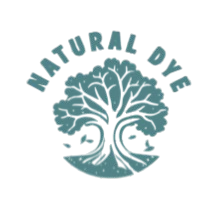
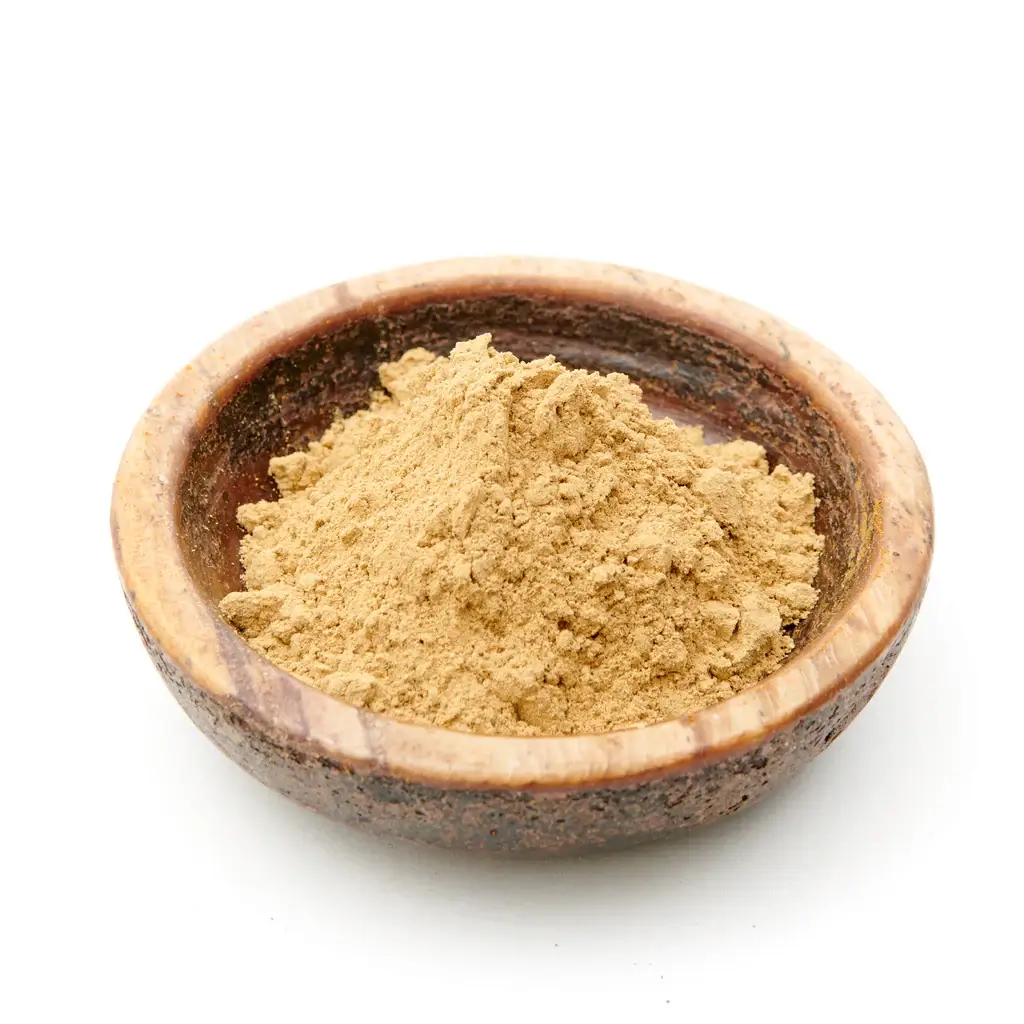
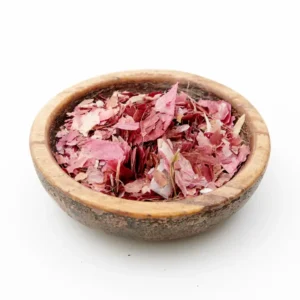
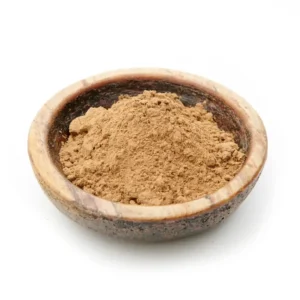
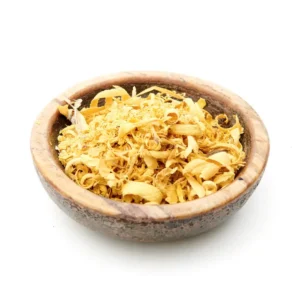
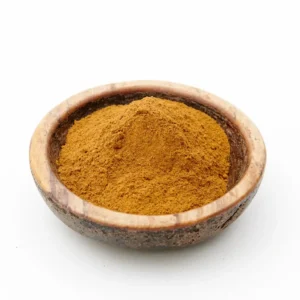

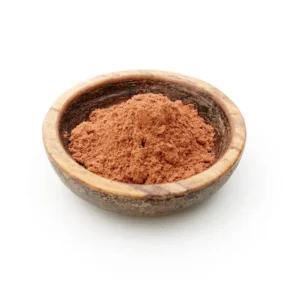
Reviews
There are no reviews yet.